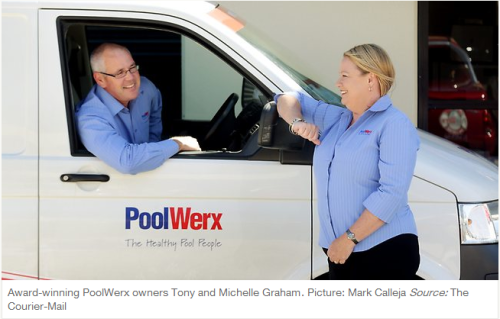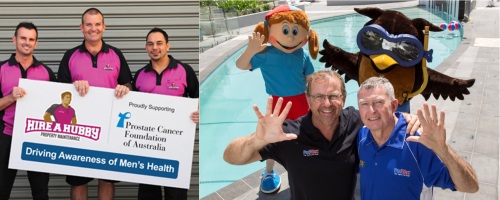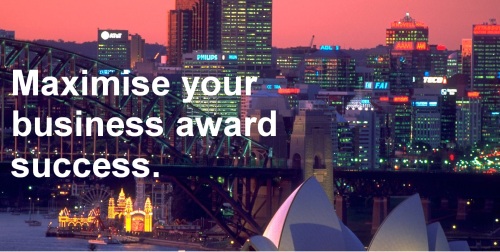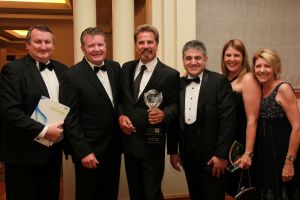
Source: couriermail.com.au
How do you raise awareness and drive trial of something as simple as a new mango and lime flavoured chicken? You nick a giant mango from the tropics of Queensland and days later, once the story has borne its fruit in the media, you bring it to Federation Square for the world to see, of course.
This is exactly what Nando’s Australia did recently, resulting in mass media exposure and the heist dubbed #mangogate spreading like wildfire across social channels.
Morning shows picked up a story on the theft of Bowen’s famous Big Mango first up on Monday, with news outlets across the globe catching wind of the fruity robbery over the coming days. Needless to say #mangogate was trending on twitter. By Thursday, the mango popped up in Melbourne’s Federation Square, along with Nando’s accepting culpability for the gimmick and promo staff handing out pieces of chicken. Introduce: round two media reports.
While media exposure continues to be calculated in the wake of mango madness at Nando’s HQ, and the video revealing the heist on their official Facebook page continues to soar past 270,000 views, we can be certain of one thing. Stolen fruit really is sweetest. This was a well-executed stunt.
So what goes into a PR stunt these days? In few words: good idea, #talkability and content.
1. Good stunts start with a good, memorable idea. Mangogate was built upon a very clear, simple and brilliant connection between highlighting the mango flavour of the new product and stealing Australia’s most famous mango.
2. Everyone could #engage with the drama. The hashtag #mangogate was quirky and gave people the ability to easily talk about the top story of the day. Memes were uploaded by people to Bowen’s Big Mango Facebook page, and one guy even posted an image of the Big Mango on Gumtree for sale.
3. The stunt included content that never expired. With Nando’s filming the entire heist for the ‘big reveal’ and posting photos of the product trials in Federation Square, the creation of the #mangogate hashtag and countless user-generated posts, and hundreds of news stories now seeded across the inter-webs, this stunt won’t be quickly forgotten.
Here are some other good stunts in recent years from Australian franchises:
McDonald’s Australia “Macca’s” – for Australia Day 2013, McDonald’s name-changed thirteen stores to “Macca’s”, all with new signage. The gimmick was part of an integrated campaign supported by ABT and BTL activities.
KFC goes green and gold – what better way to engage Australia in the fight for the Ashes Urn, and leverage your sponsorship of Cricket Australia, then to give five flagship stores a green and gold face-lift and put Aussie and English burgers on the menu.
Jim’s Mowing “MoAthon” – in November 2013, 150 Jim’s Mowing franchisees took part in “MoAthon” from Hobart to Brisbane as part of the franchise’s national Push for Change campaign. The year before they mowed the world’s biggest grass moustache. We love a world record attempt!
Ignite PR works with Australia’s leading franchise brands to both increased brand awareness and improved franchise development. Contact us today.










